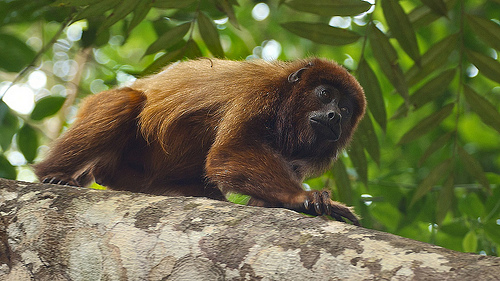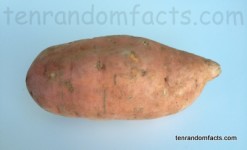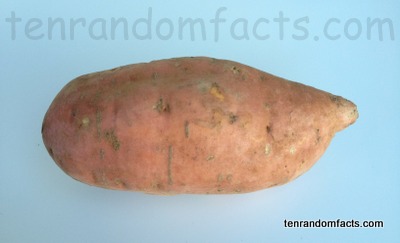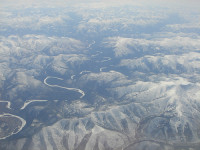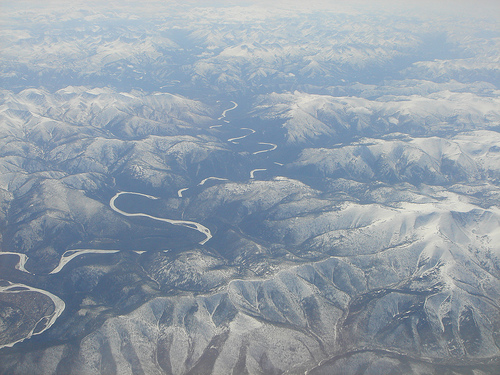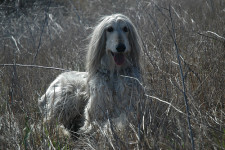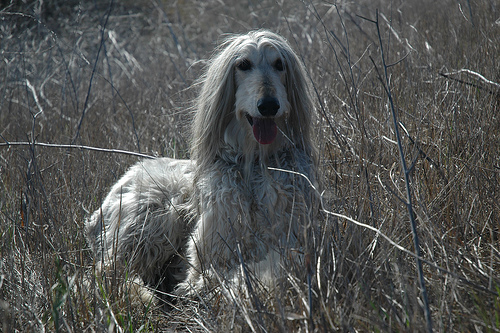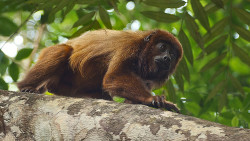
Howler monkeys may give you headache.
- Howler monkeys are a subfamily and genus of medium to large primates with around 15 species, and one of the largest sized monkeys in the group of New World monkeys.
- The scientific name of a howler monkey is Alouatta, while Alouattinae is the subfamily name, and it is from the family Atelidae, a family of New World monkeys.
- Howler monkeys typically live in trees in rainforests and jungles of their native Central and South America.
- The height of howler monkeys ranges from 56 to 92 centimetres (22 to 36 inches) and they weigh roughly 3 to 9 kilograms (6.6 to 20 pounds).
- The colour of howler monkey fur can be brown, black or tan in colour, and the animal has a long tail, that can be the length or longer than their body, that they use like an extra limb for grasping, and hanging in trees.
Howler Monkey
Image courtesy of Peter Schoen/Flickr
- Howler monkeys have a diet that consists primarily of leaves, fruit, flowers and nuts, however some of their food can become dangerous to them when consumed in large quantities.
- Howler monkeys have notably loud voices generally used for howls or growls, which can be projected to distances up to 4.8 kilometres (3 miles), hence their common name.
- Howler monkeys are nest builders, and they have a sense of smell that is quite considerable, reaching a range of around 2 kilometres (1.25 miles).
- The lifespan of howler monkeys is an average of 15 to 20 years, and the mammal is preyed on by snakes, birds and jaguars.
- Howler monkeys are threatened by habitat loss and poaching, and have been captured as exotic pets, while some species are listed as vulnerable or endangered.
Bibliography:
Howler Monkey, 2015, A-Z Animals, http://a-z-animals.com/animals/howler-monkey/
Howler Monkey, 2015, National Geographic, http://animals.nationalgeographic.com.au/animals/mammals/howler-monkey/
Howler Monkey, 2015, Wikipedia, https://en.wikipedia.org/wiki/Howler_monkey






